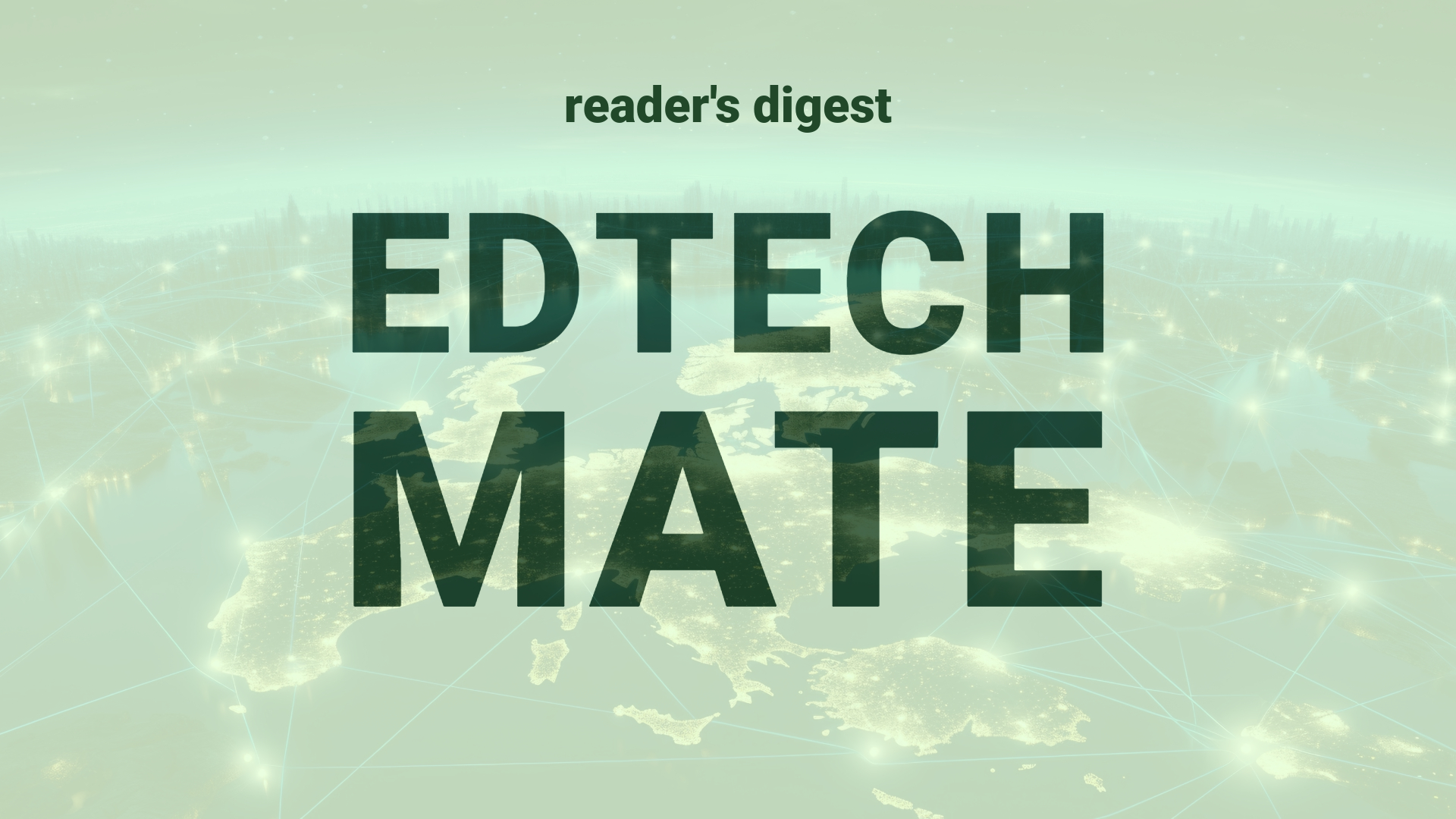“`html
Executive Summary and Main Points
Emerging technologies such as general artificial intelligence (gen AI) and quantum computing are transforming the landscape of information security, particularly in the realm of cryptography. While AI continues to catalyze digital innovation across sectors, attention is now shifting towards the implications of quantum computing. Dustin Moody from the National Institute for Standards and Technology (NIST) emphasizes the urgency for Post-Quantum Cryptography (PQC) due to the threat quantum computing poses to current cryptographic standards like RSA and elliptic curve cryptography. With NIST’s plans to standardize PQC algorithms in the upcoming summer, strategic readiness in the education sector and beyond needs to accelerate.
Potential Impact in the Education Sector
The adoption of PQC has far-reaching implications for Further Education, Higher Education, and Micro-credentials. Education institutions, accustomed to safeguarding academic records and personal identifiable information, must prepare for the quantum era to ensure data integrity and security. Strategic partnerships, notably with the governments already expressing intentions to adopt NIST’s PQC solutions (e.g., UK, Germany, France, and the Netherlands), and digitalization efforts need to be amplified. The implementation of these standards by recognized entities signals a transformative period where international collaborations and educational governance are positioned at a pivotal crossroads of technological evolution.
Potential Applicability in the Education Sector
Innovations such as quantum computing promise to redefine the capabilities of AI and digital tools in education systems worldwide. For instance, quantum machine learning and sophisticated simulations could revolutionize research in universities, enabling breakthroughs in various disciplines including chemistry and materials science. Additionally, the potential of quantum compute in portfolio optimization signifies new prospects in financial management for higher education institutions. Enhanced computational efficiency and robust security are expected to underpin the administration, research, and pedagogical practices within international education ecosystems.
Criticism and Potential Shortfalls
Despite the potential benefits, the integration of quantum computing in higher education is not without its challenges. Ethical considerations about data privacy intensify with the capabilities of quantum decryption, leading to potential misuse or “store-now, decrypt-later” attacks, as noted by Jeff Wong of EY. The readiness across cultures and ethical boundaries varies significantly, necessitating thorough evaluation and standardized approaches to quantum computing adoption that are sensitive to these differences. Real-world examples, such as the varied preparedness within financial services, illustrate the disparities across sectors, serving as a comparative international case study for higher education leaders to consider.
Actionable Recommendations
Education leaders should proactively integrate PQC strategies in their institutional cybersecurity frameworks. Conducting cryptographic inventories and investing in tools to facilitate this transition are crucial steps. In anticipation of rapid change, staff training and the establishment of dedicated quantum programs, emulating global financial service models like HSBC’s, could be advantageous. The sector must plan for secure data transit and engage with quantum ready partners. As for the implementation timeline, the integration of these technologies into cybersecurity upgrade cycles should be deliberate, future-oriented, and tailored to institutional needs. Universities could focus on applications that espouse computational advances in AI and quantum machine learning, thus harmonizing cutting-edge technology with scholastic advancement.
“`
Source article: https://www.cio.com/article/2074464/think-you-can-ignore-quantum-computing-think-again.html

